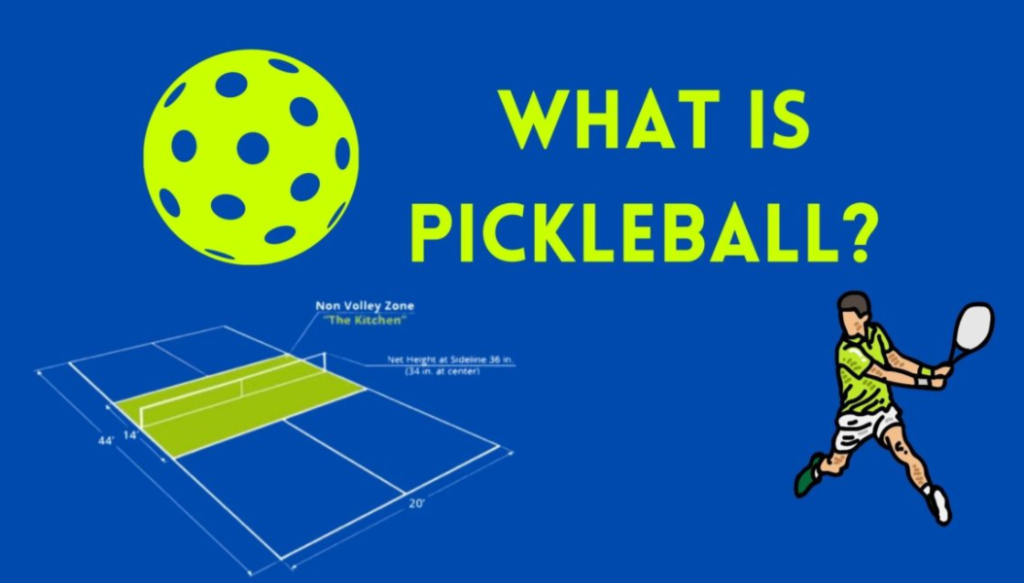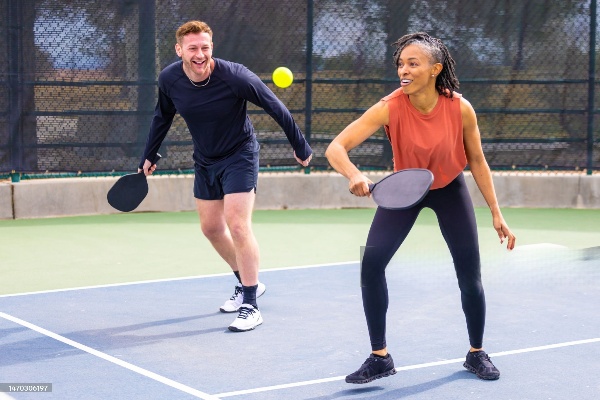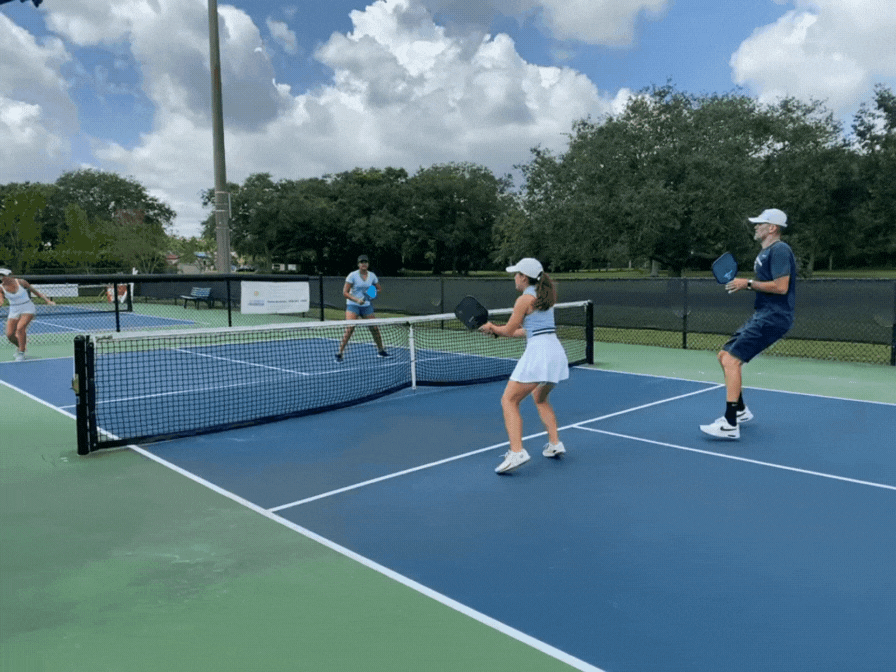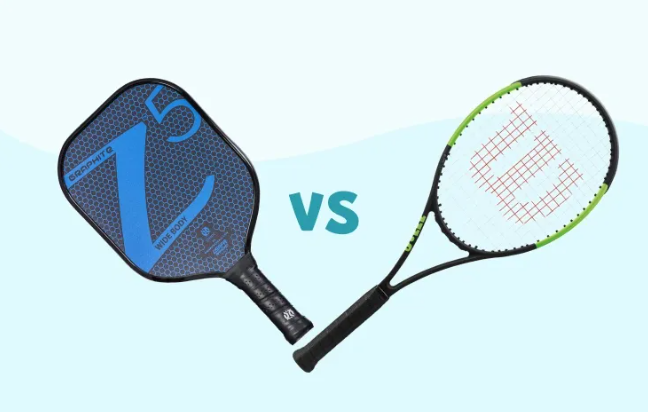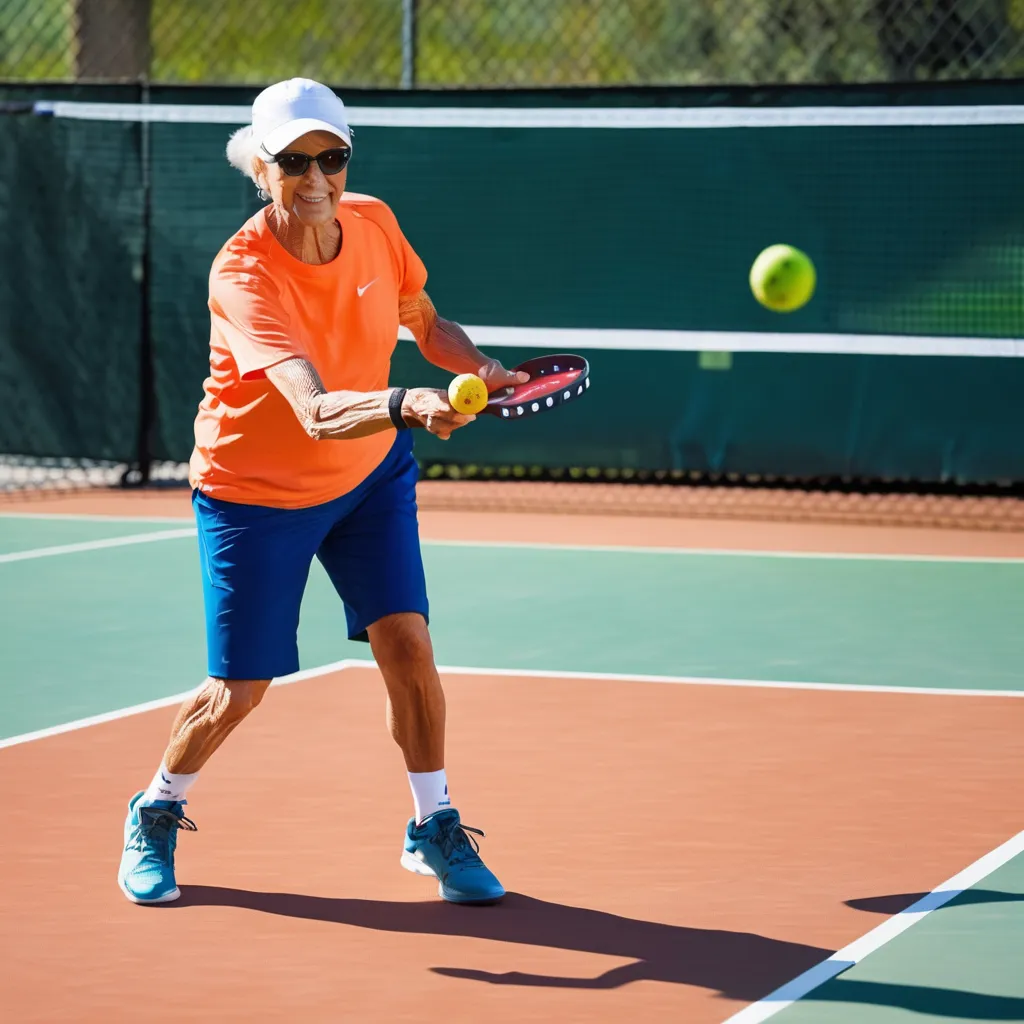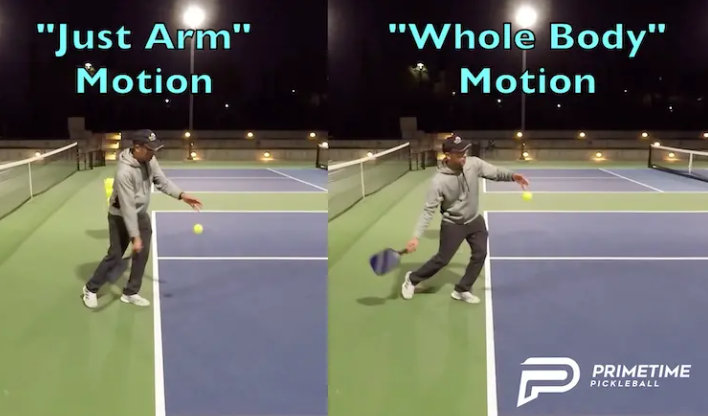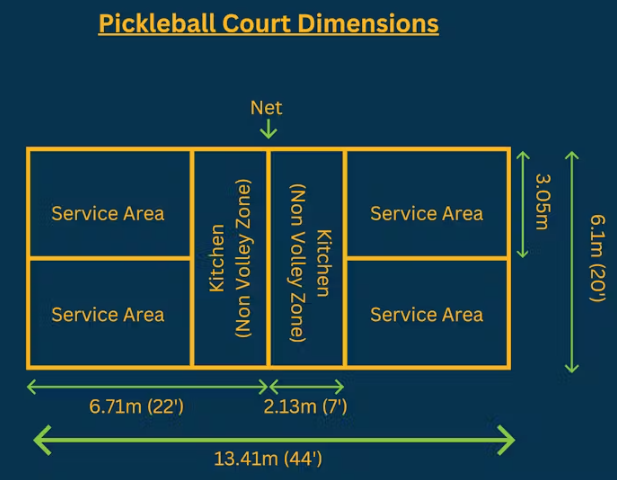How to play pickleball:
Pickleball strategy and tactics to help you win
Whether you are just a pickleball enthusiast or a trained professional, you will agree that pickleball is not just a game of reflexes – it needs deep strategic planning. But how do you get from “one shot that clicked” to a series of “perfectly implemented” swings?
We’ve got you covered here.
We’ll be discussing how you can bring small changes to your gameplay – and inch closer to a victory. We’ll cover everything from court positioning and deception to outwitting your opponent. Let’s step up your pickleball game together!
Understanding Pickleball Fundamentals
Here are some of the basics of pickleball that you need to know.
Positioning
There is no perfect position in pickleball. It’s about being in the right place at the right time. When I started, I was rather guilty of standing too far back. My position made it impossible for me to defend against quick shots at the net.
A seasoned player gave me a golden tip: “Stay near the kitchen line, but never in it.” That one adjustment transformed how I approached every point. Staying close to the kitchen line helps you take control of the rally, react faster to shots, and launch some unexpected offenses, too!
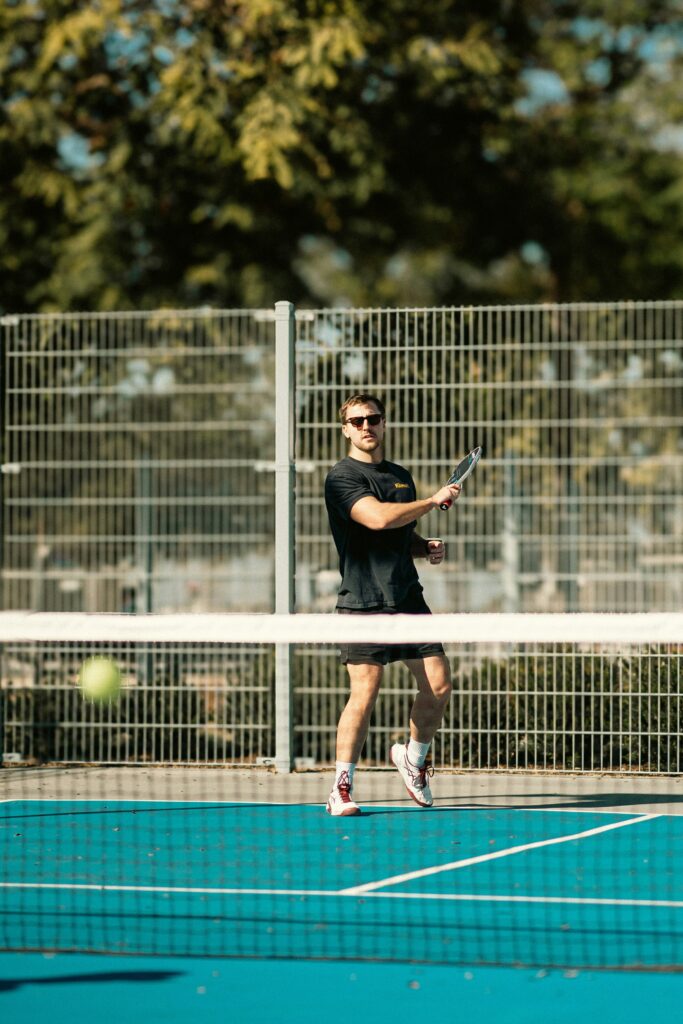
Footwork
Pickleball isn’t a game where you can plant your feet and hope for the best. Quick, precise footwork keeps you agile and ready to pivot, lunge, or jump when needed.
The key here is small, controlled steps. Big, clunky movements can throw you off balance and make recovery harder. I remember one game where I tripped over my own feet trying to return a fast volley – it was embarrassing, and my team ultimately lost the point.
Since then – I’ve always been light on my toes, even during regular walks!
Shot Selection
Smashing is fun and satisfying, but it won’t always win you points – at least it didn’t win me much. Pickleball rewards finesse just as much as power, if not more.
For instance, a soft dink shot can disarm an aggressive opponent. A few years ago, during a doubles match, my partner kept whispering, “Patience!” every time I went for a hard shot. I finally listened and started placing soft, controlled shots instead. Guess what? We won that game because we kept forcing our opponents to make mistakes.
The takeaway? Be intentional with your shots. Power has its place, but control and placement are what keep you in the game.
4 Key Strategies for Pickleball Success
Pickleball isn’t just about keeping the ball going; it’s about getting your opponent to miss the hits, too! Here are some basic strategies to help you stay one step ahead.
- Master the Dink Shot
If there’s one shot that divides the newbies from the pros, then that’s the dink shot. It’s a tame shot that dips slightly over the net and forces your opponent to hit the ball upwards.
It is important to be just outside the kitchen area; be sure the paddle faces upwards and use a wrist flick. Make the dinks as regular as you can and then you’re all set to frustrate your opponents and gain points!
- Dominate the Kitchen Line
Speaking of the kitchen line, it is crucial to win this space on the court. The closer you are to the net, the faster you can respond to volleys and control the game.
The keys to dominating this area are:
- Communicating well with your partner (if you’re playing doubles) to avoid confusions
- Staying light on your feet to move swiftly and without strain
Once you claim the line, hold your ground. You’ll have more options for both offense and defense.
- Serve with Purpose
Serving isn’t the start of a rally; it is a way of controlling the game. Just getting the ball over the net won’t work – you need to place it right where it gets you a point. A strategic serve can decide the direction of the match.
While serving, be mindful about your placement, speed, and direction. Keep your opponents guessing – this will give you a head start before the rally.
- Target Your Opponent’s Weaknesses
Every player has a weakness – and you should find it for your opponent. Maybe their backhand isn’t as strong, or they struggle with low shots. The sooner you identify their weak spots, the better you can perform against them.
To catch hold of these low points – pay attention to patterns in your opponent’s play. Are they slower to react to shots on one side? Do they hang back when they should move forward? Use these observations to your advantage.
4 Advanced Tactics for Competitive Play
Once you’ve mastered the basics, here are some advanced techniques you can try:
- Stacking in Doubles
If you’ve watched pro doubles teams, you might have noticed that they switch positions after serving or receiving. This technique, called stacking, is about keeping the strongest player’s forehand in the middle of the court. Plus, switching positions keeps your opponent guessing about your gameplay.

- Communication with Your Partner
Speaking of doubles, communication is non-negotiable. I’ve seen plenty of teams with great individual players fall apart because of miscommunication. Properly communicating plays and moves is the first requirement to win games.
To keep communication fluid, use clear calls like “mine” or “yours,” and don’t be afraid to shout directions during a rally. Staying vocal helps avoid confusion and ensures you’re always on the same page.
- Anticipating Your Opponent’s Moves
Once you start predicting your opponent’s next move – you can easily learn to change the course of a rally.
Pay attention to your opponent’s body language and shot tendencies. Are they favoring their forehand? Do they have a habit of hitting cross-court from certain positions? These little clues can give you a big edge.
- Poaching
Poaching is the act of crossing the half-court line to take a shot for blocking or catching a shot. This move is risky as it may leave your side of the court very open, but when done properly, it hardly gives any hint and will take your opponents by surprise.
Wrapping Up
All these are the strategies and tactics you can use to get started – now it’s time to hit the court! However, practice makes perfect, and the more time you spend practicing on the court, the better you will execute these tactics. So, what are you waiting for? Grab your paddle, find your partner, and try these techniques out.


